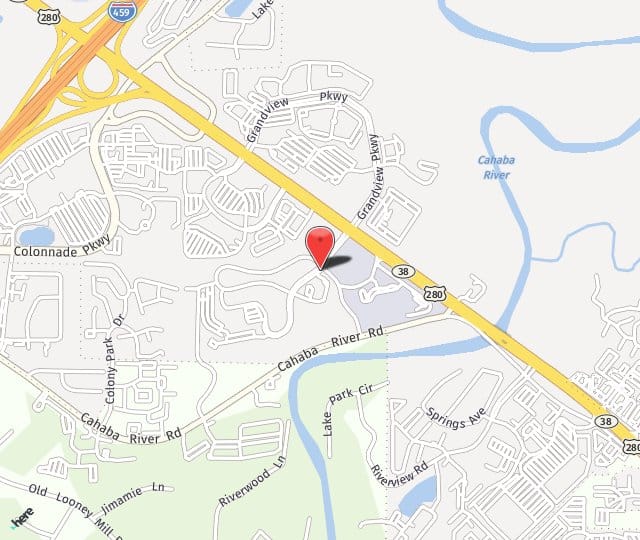
That’s the miracle of our hearts.
You’d think that making your heart beat less would be helpful. Less work must equal less chance of a problem, right? Not necessarily. A heartbeat of less than 60 beats per minute can be harmless or it can be life threatening. When it’s a problem, the condition is known as bradycardia.
Good versus bad
When a person is in good shape and young, his or her heart rate may be as slow as 30-40 beats per minute. But when that same person exercises, the heart rate can easily increase up to 180 beats per minute. In these cases, a slow heart rate is nothing to worry about: it’s only saying you’re in good cardiovascular shape.
But a person with bradycardia may have that initial 30-40 beats per minute pace, but when he or she climbs stairs their heart rate stays low. This is abnormal and it will make the person feel weak and tired.
What is bradycardia?
Our heart rates are controlled by electrical signals that trigger the heart muscle to contract. This squeezing of the heart pushes blood through the arteries out to the body. But when a person has bradycardia, the heart rate slows abnormally due to problems such as sinus node dysfunction or a heart block.
The sinus node is a group of cells in the upper right chamber that trigger the electrical signal that travels to the lower chambers causing them to contract. The sinus node can increase the rate in reaction to the body’s need for oxygen in the blood. If the sinus node wears out or fails, it can result in a slow heart rate, called sinus bradycardia.
Otherwise, the “wires” that carry the electrical signals from the atria to the ventricles can become frayed or even break. In these cases, the heart rate would be normal, but the signal can’t make it to the ventricles to make the heart contract. These heart blocks can be first-, second-, or third-degree. First-degree is simply a slower than normal signal transmission. Second-degree impulses make it through sometimes and not others. A third-degree heart block means that the impulses are fully blocked and aren’t getting through to the lower chambers.
Dr. Smith can treat and correct your bradycardia. If you have weakness, difficulty climbing stairs or walking, shortness of breath, or lightheadedness, these are all signs of an overly slow heart rate. Call our offices, (205) 510-5000, and let’s have Dr. Smith check you for bradycardia.

